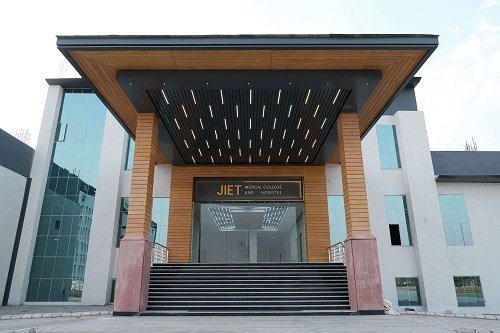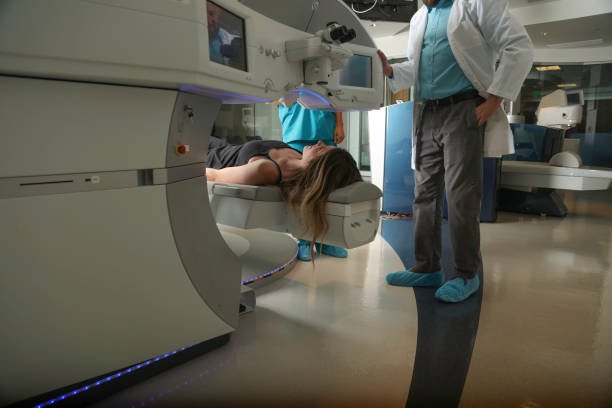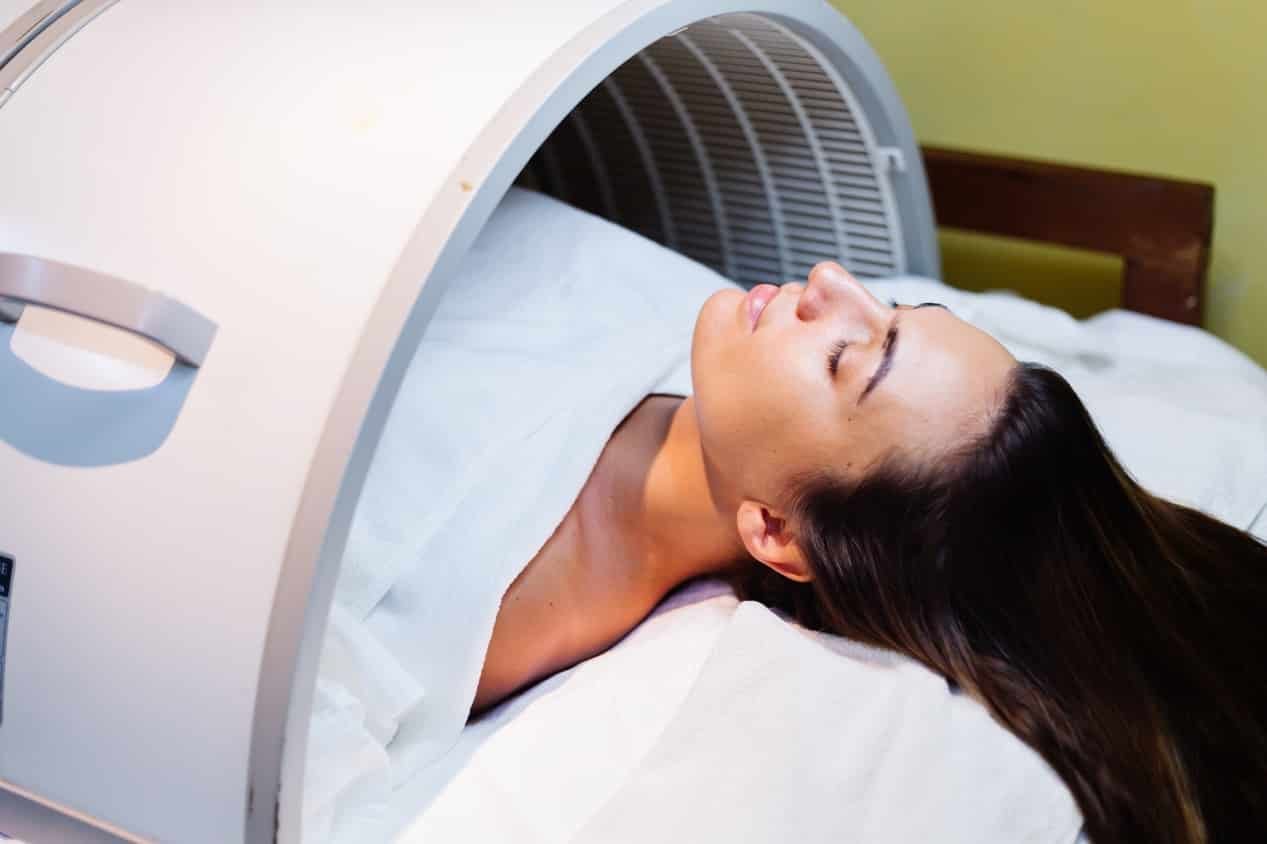
Department of Radio Diagnosis
Radio Diagnosis
About
Radio diagnosis, an essential branch of medicine, plays a crucial role in diagnosing & managing diseases through various imaging techniques. This field has evolved significantly, incorporating advanced technologies to provide precise and early diagnosis, facilitating better treatment outcomes. At JIET Hospital, we pride ourselves on offering state-of-the-art medical care, and our Radio Diagnosis department stands at the forefront of medical innovation. With cutting - edge technology & a team of dedicated professionals, we provide accurate, timely, and compassionate diagnostic services to our patients.Key Procedures
Every day, the Radio diagnosis Department performs numerous imaging procedures tailored to the patient's specific needs. Among the most common are:X-rays: Often the first step in the diagnostic process, X-rays allow physicians to view the inside of the body, particularly the skeletal system, to identify abnormalities like fractures or infections.Computed Tomography (CT) scans: These scans provide cross-sectional images of the body, granting a more detailed look than X-rays, especially useful for observing soft tissues.Magnetic Resonance Imaging (MRI): Using strong magnetic fields and radio waves, MRIs provide detailed images of the body's internal structures, especially beneficial for viewing the brain, muscles, and joints.Ultrasound: Deploying high-frequency sound waves, ultrasounds are primarily used during pregnancies but also for visualizing internal organs and blood vessels.Fluoroscopy: This live X-ray procedure is often used during surgical procedures to guide physicians in real time.
Special Advanced Imaging Services
The Radio diagnosis Department at JIET Hospital stands out because of its commitment to integrating the latest technological advancements. Some notable services include:Functional MRI (MRI): Going beyond the conventional MRI, the fMRI observes blood flow and measures brain activity. This is particularly valuable in understanding brain disorders and planning neurosurgical procedures.
Positron Emission Tomography (PET) Scans: Combined often with CT, PET scans help detect cell metabolic activities, crucial for diagnosing cancers, brain disorders, and heart diseases.
3D and 4D Ultrasound: Providing three-dimensional and real-time four-dimensional images, this advanced ultrasound service is precious during pregnancy to get a comprehensive view of the fetus.
Interventional Radiology: This sub-specialty focuses on minimally invasive, targeted treatments using imaging to guide the procedures. From angioplasties to tumor treatments, interventional radiologists play a vital role in many therapeutic procedures.
Key Equipment and Infrastructure
To provide these top-tier services, the Radiology Department boasts an impressive array of equipment and infrastructure:High-Resolution MRI Machines: These machines allow for precise imaging, which is especially beneficial for neurological and musculoskeletal studies.
Multi-Slice CT Scanners: With the capability to obtain multiple slices in a single rotation, these scanners reduce scan times and offer finer details.
Digital X-ray Machines: Ensuring minimal radiation exposure, these machines provide high-quality images instantaneously.
Ultrasound Machines with Doppler Capabilities: These provide detailed images of blood flow, crucial for cardiological and vascular studies.
Dedicated Interventional Suites: Fully equipped for a range of procedures, these suites ensure that interventional radiologists have everything they need.
PACS (Picture Archiving and Communication System): A crucial infrastructure component, PACS allows for the storage, retrieval, and sharing of images, streamlining the diagnostic and treatment process.
The Radio Diagnosis Department of JIET Hospital also places a significant emphasis on patient comfort and safety. All rooms are designed to be calming, with particular care taken to reduce any feelings of claustrophobia, especially in MRI suites. The department is also committed to ALARA (As Low As Reasonably Achievable) principles, ensuring that radiation exposure is minimized.
FAQ’s
-
Radio Diagnosis involves the use of imaging techniques to diagnose diseases. It includes X-rays, CT scans, MRI, PET scans, and ultrasound to visualize the inside of the body in detail.
-
At JIET Hospital, we offer a comprehensive range of radiology services, including X-rays, CT scans, MRI, PET-CT scans, and ultrasound, among others, to cater to the diagnostic needs of our patients.
-
A CT scan employs X-rays to generate detailed internal body images, whereas an MRI leverages magnetic fields and radio waves. MRIs are generally more effective for visualizing soft tissues, whereas CT scans are preferred for examining bones and lungs.
-

























